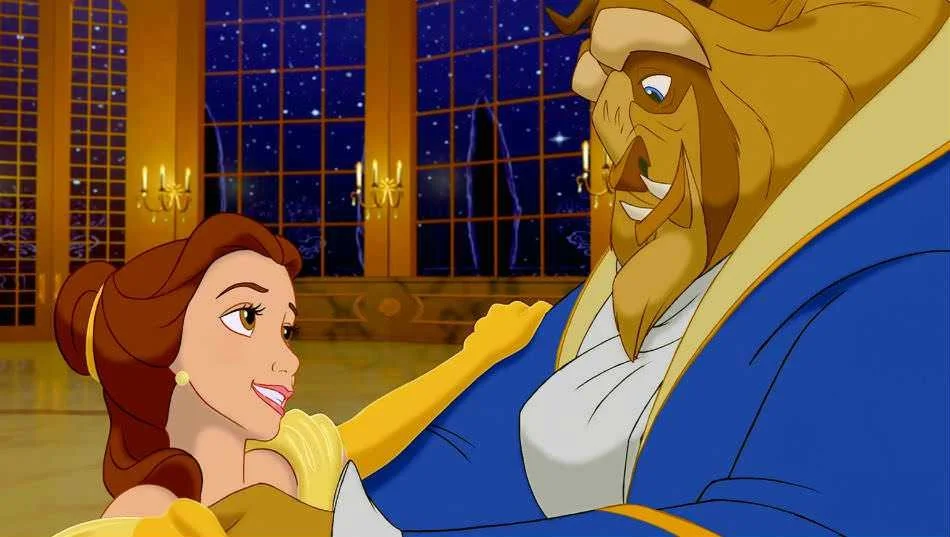#63: Beauty and the Beast
Release Date: November 22nd, 1991
Format: Theater (New Beverly Cinema in Los Angeles, CA)
Written by: Linda Woolverton
Directed by: Gary Trousdale and Kirk Wise
4 Stars
This is Disney at the height of its powers. According to D, it’s placed securely in Disney’s “Renaissance Era,” which began with The Little Mermaid in 1989 and ended with Tarzan in 1999. By the end, Pixar was well on its way to usurping Disney’s place at the pinnacle of animated storytelling.
But before Pixar and the internet and social media and, to a degree, the cynicism surrounding Disney’s controversial approach to representation and pure, unadulterated capitalism, the year was 1991 and Beauty and the Beast was absolutely crushing. Killing. Slaying.
Seeing it on a pristine 35mm print at the New Beverly (from Tarantino’s personal library, the lucky bastard), I’m a little embarrassed to admit how swept away I was. The animation is beautiful. The songs are enormous and brilliant. And the story is tailored perfectly to the sensibilities that Disney conveys best: the desire for adventure, the belief that destiny will reward your self-determination, and that romantic love is the reward for heroes worthy enough to earn it.
Also according to D, Beauty and the Beast made important advancements in Disney’s depiction of female protagonists. Belle is intelligent, willful, independent, and intellectual (the same cannot be said for many of the female protagonists that preceded her). There is some feminist criticism available in regards to her falling in love with her captor, the Beast, and just how problematic that makes her as a role model for young girls, but I felt that there was enough context to the relationship to make it palatable. Plus, if we’re analyzing Belle through the feminist lens of role modeling to young girls, I think her utter rejection of Gaston is the more important character trait.
But enough intellectualizing. How about these songs, huh? And the excitement? Second to none. The voice performances are memorable, and now iconic (1991 is before voice work went exclusively to celebrities; here the voice actors were hired for, well, their voices, imagine that). And the animation is beautifully human, not pristine, not too perfect, but gorgeously rendered by a combination of human hands and the first iterations of computer animation aids. It’s cutting-edge and wholesomely old-fashioned at the same time.
After seeing it this past weekend, and considering its legacy and its place in the culture in the early ‘90s, I’d argue Beauty and the Beast is Disney’s crown jewel.
